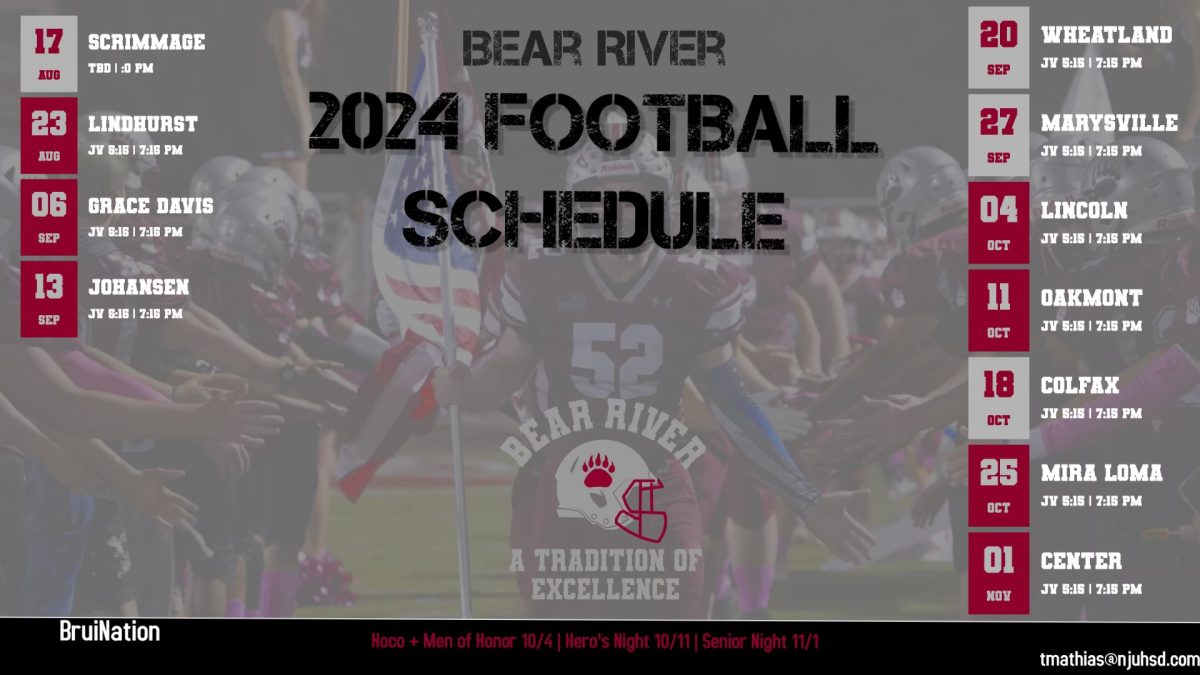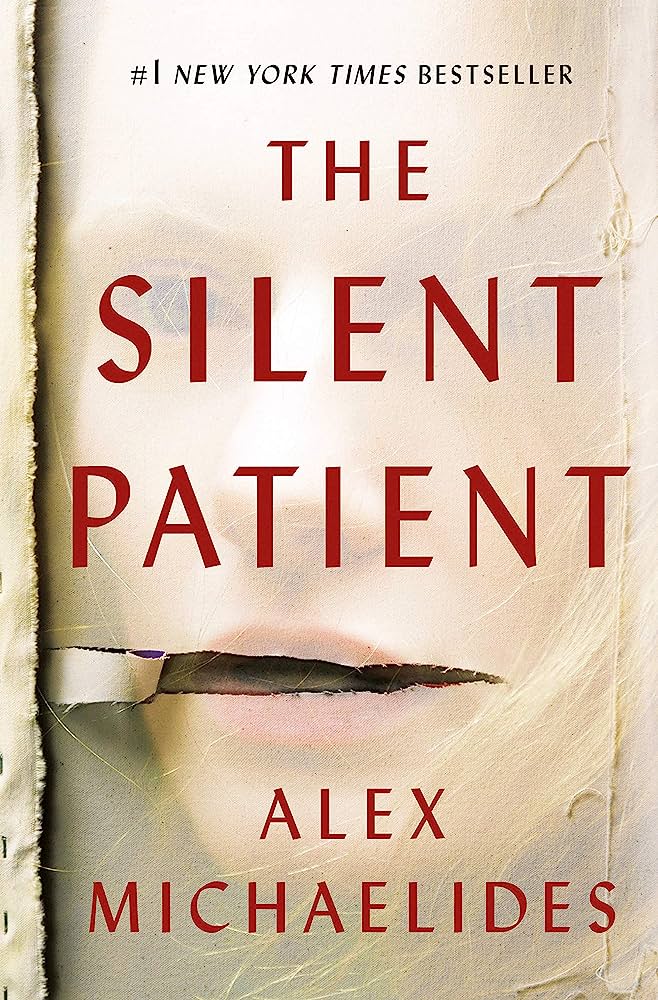Students go through 13 years of the U.S. school system, only for many of them to come out the other side unprepared to actually function as an adult in society. The Current created this series to fill in the gaps.
Congratulations! After working long, hard hours at your job flipping burgers or dealing with screaming customers, you’ve gotten your paycheck. You could spend it all in one day buying random garbage that you don’t need, get into more debt, and end up in your parent’s basement, crying about what could have been, but that is not the ideal scenario.
You need to know how you’re going to spend that money, because the world around you is designed for you to waste it. Methods of responsible spending can range from comprehensive spreadsheets accounting for every cent going in and out of your pocket to setting and sticking to simple goals.
There are some things you need to know before you start creating a budget.
The first thing you need to know is how much money is coming in. For most people, this is mainly from their job, but there can be other sources of income, like financial support from parents, scholarships, side gigs, and FAFSA. You also need to anticipate and plan what expenses there will be.
You always want to be aware of what money is going out, so you can track what’s worth the cost and what’s not. For example, you could be paying a hundred bucks a year for an Amazon Prime subscription you never use, and never even realize it. Watch where you’re hemorrhaging money, and look for where you can minimize spending. If you’re paying attention to these costs, you can potentially save hundreds of dollars.
A popular way to balance your spending is the 50/30/20 rule.
50% would be going toward necessities, such as bills and housing. The major things to keep track of are textbooks, transportation, clothing, housing, and food. Basically, this 50% encompasses things that keep you from starving in the streets.
The next 30% gives you room for any wants you might have. This is called discretionary spending, and involves things like video games, eating out, fun nights out with your friends, et cetera. While it’s good to minimize spending here, you have to keep your goals realistic. You don’t want to realize you’ve accidentally spent more than you intended in this category without planning for it.
The remaining 20% should be dedicated to financial goals such as any potential debt and saving for retirement. It may not seem important at the time, but the earlier you focus on these things the better. Interest builds up on retirement and debt, so trying to work on those things as early as possible is ideal.
It’s important to note that this is a very general and flexible guideline, and depending on your situation this might not work. You need to be aware of your particular circumstances so you can plan around them. For example, if you’re planning on living in a high cost area and don’t have a comparably high paying job, 50% toward necessities might not be enough, and you might need to dip into your discretionary fund.
This might seem like a lot to keep track of, but there are several apps and sample spreadsheets to help you with this if you’re having trouble. In the long run, it’s definitely worth it.



































